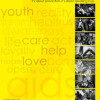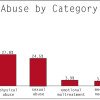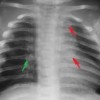Abuse, neglect, and the HIV-infected child
Abstract
The effect of HIV on child abuse prevention must be considered on three different levels. The first consists of indirect effects: the extent to which this infection will be a burden on the health care, social service, and public assistance systems in this and other countries, leading to decreasing resources for child abuse prevention. … Read more


